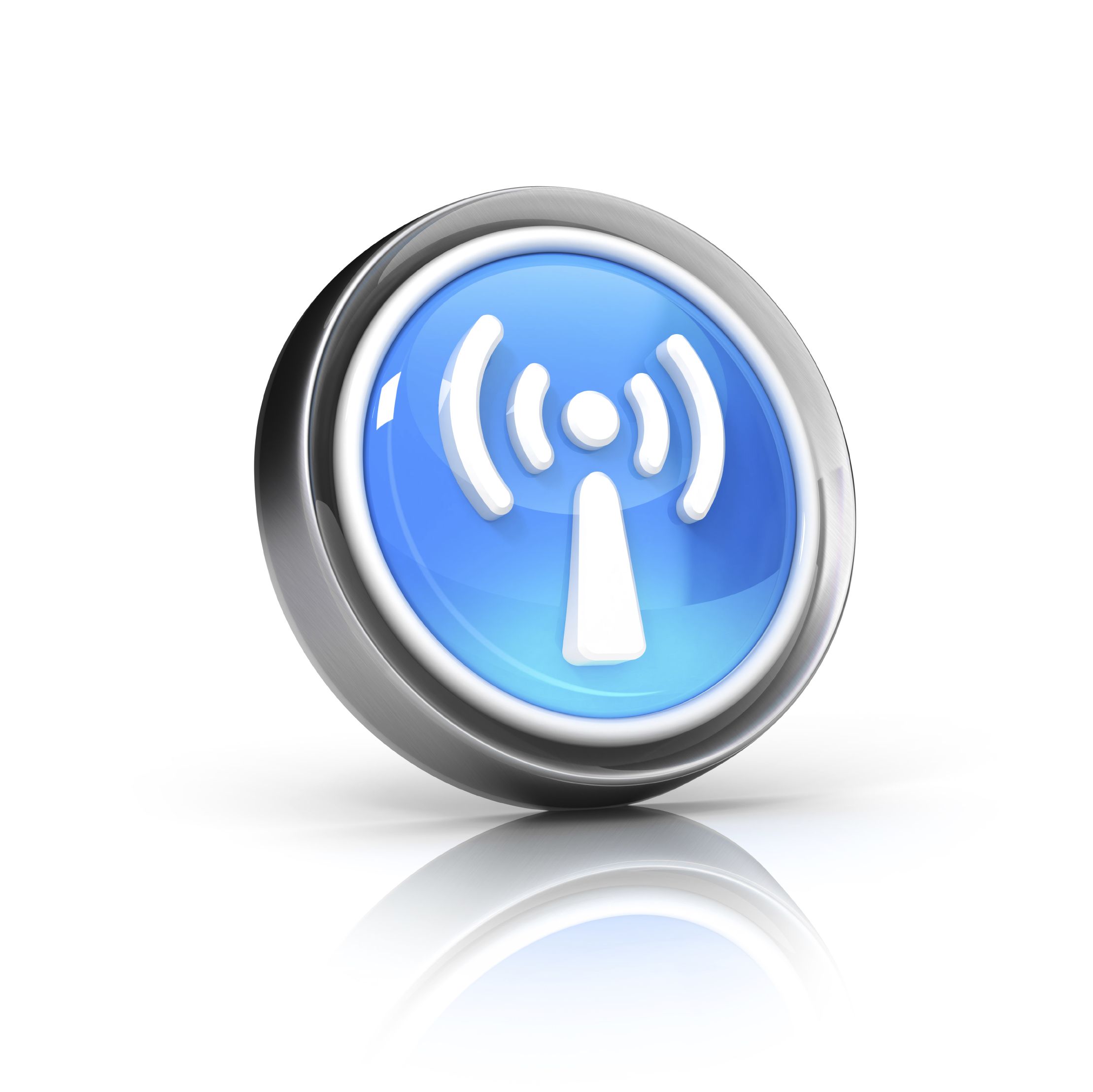SCTE: Finding a Home for Community WiFi

Denver -- As community WiFi continues to light up in “home spots” around the world, connectivity providers are shaking down the technical barriers in a quest to grow it into a competitive flanking maneuver against cellular data, according to panelists at Monday’s pre-SCTE Cable-Tec Expo DOCSIS 3.1 and Wireless Symposium.
Community WiFi works by turning up a secondary SSID (Service Set Identifier) inside existing WiFi routers or gateways, for use by people who are already customers of that provider but who are not inside their homes.
If you’re a Comcast broadband subscriber in Denver, for instance, you can get a signal by looking for the “xfinitywifi” SSID, then logging in with your home credentials.
Comcast plans to light up 8 million homespots by year-end, company officials said at an industry event last month. Around the world, operators including Cablevision Systems, British Telecom, FON, Orange, Telenet, Ziggo and others are actively home-spotting WiFi signal into their footprints.
Unlike the “CableWiFi” SSID tied to the cross-MSO roaming consortium, which also provides public-facing connectivity for people seeking signal using outdoor-mounted access points and hotspots equipped in business locations, community WiFi makes indoor cable modems with routers (increasingly known as gateways) into public WiFi spigots.
“Your in-home single radio access point now becomes two different networks — one private, for the primary customer, and the other public, for the traveling subscriber,” Vivek Ganti, system engineer at CableLabs, said. “It’s your signal at home vs. your signal when you’re out walking the dog.”
A primary concern, Ganti said, is traffic separation — to make sure there’s no mix-up between private and public data, especially in gateways outfitted with a single radio but moving two streams of traffic. The remedy: Moving all traffic on the public network through a secure tunnel, from the home to the connectivity provider’s network.
Multichannel Newsletter
The smarter way to stay on top of the multichannel video marketplace. Sign up below.
Community WiFi and home hotspots also pose a unique challenge: Because WiFi deliberately follows an “all users are equal” methodology, questions arise when, say, the homeowner is inside, 10 feet from the WiFi spigot, and someone walking by who’s 50 feet from the modem sends a picture or a video over that homeowner’s public WiFi spigot.
“In that scenario, if I’m the one farther away, the problem is that I’ll grab that channel and use it for a much longer time, because the signal is weaker,” Ganti explained. “There is a dire need for upstream Quality of Service.”
To that end, CableLabs is working on ways to dynamically change air interface conditions, such that if the “private” user is sending data upstream, then the public user backs off for a slightly longer amount of time than it ordinarily would. “Just by the laws of probability, this gives a better level of service to the private subscriber,” Ganti said.
